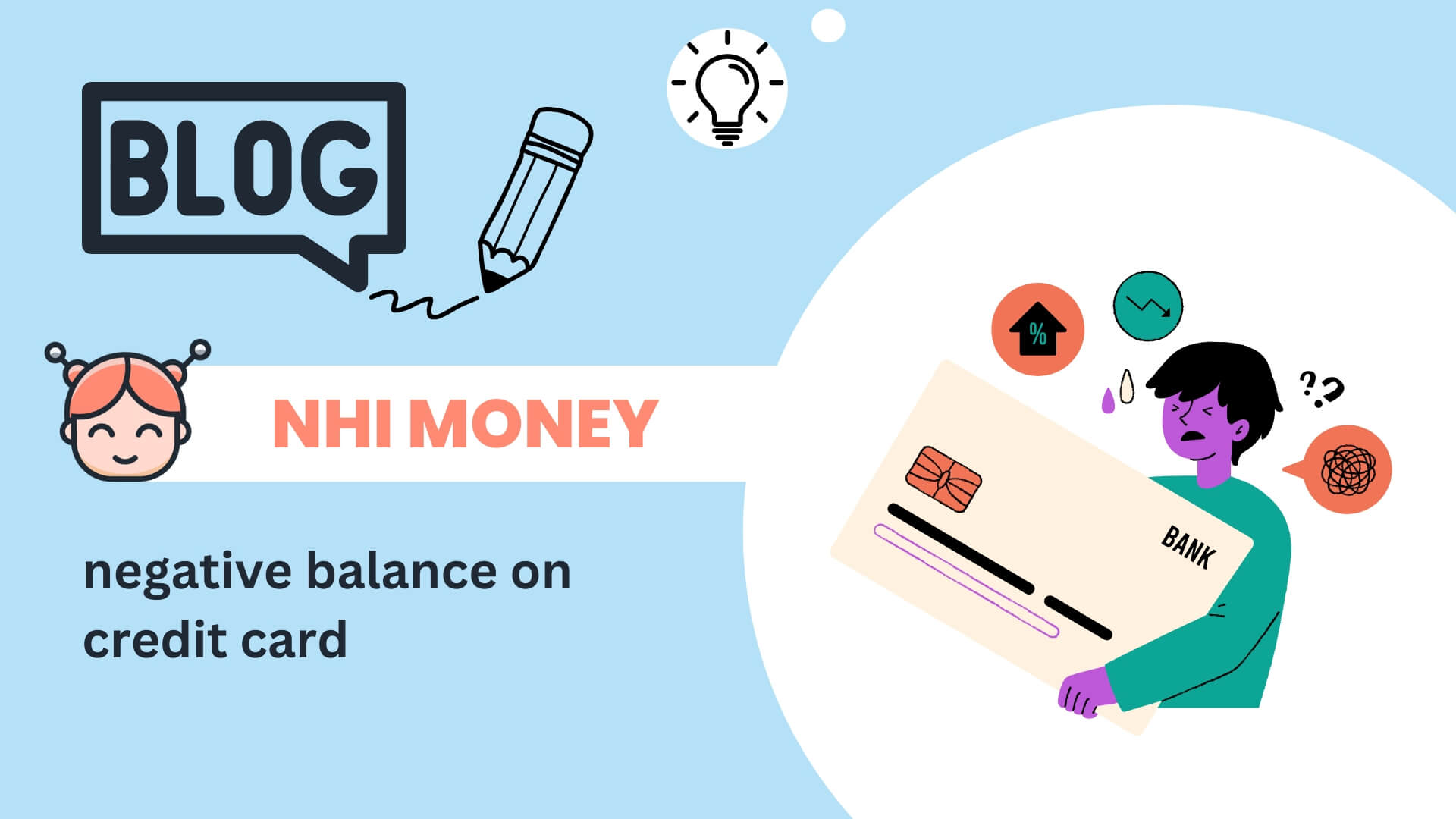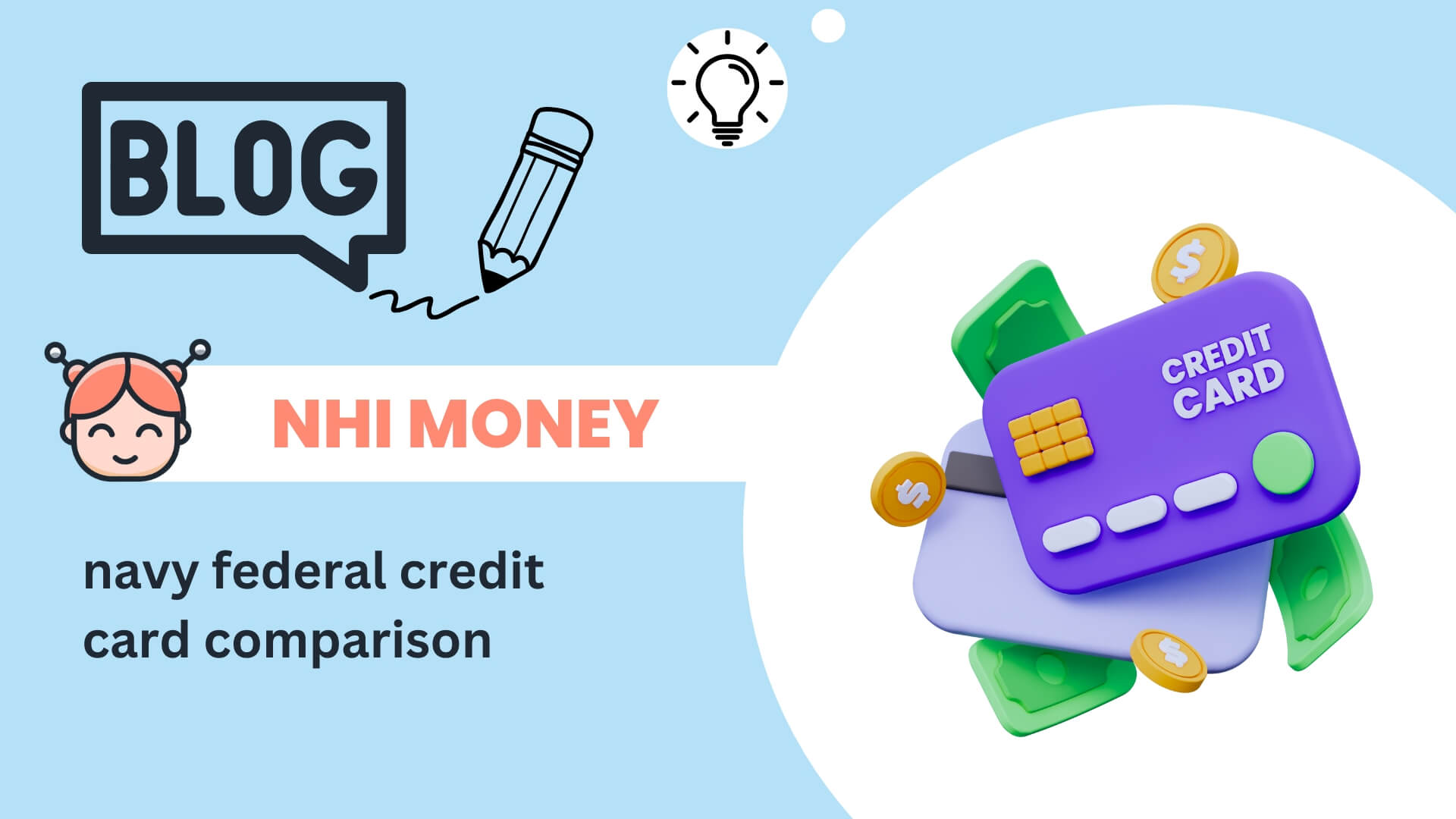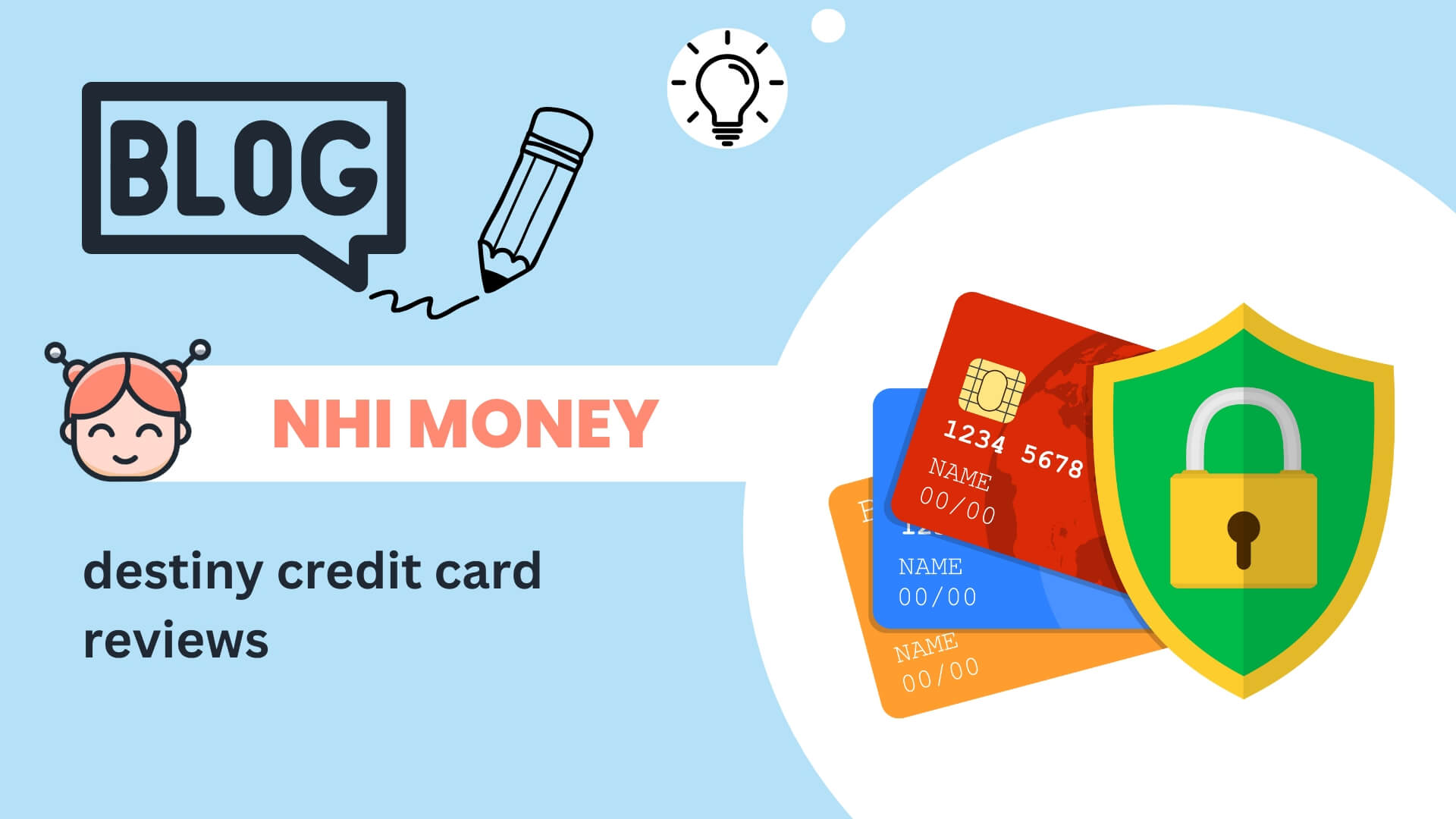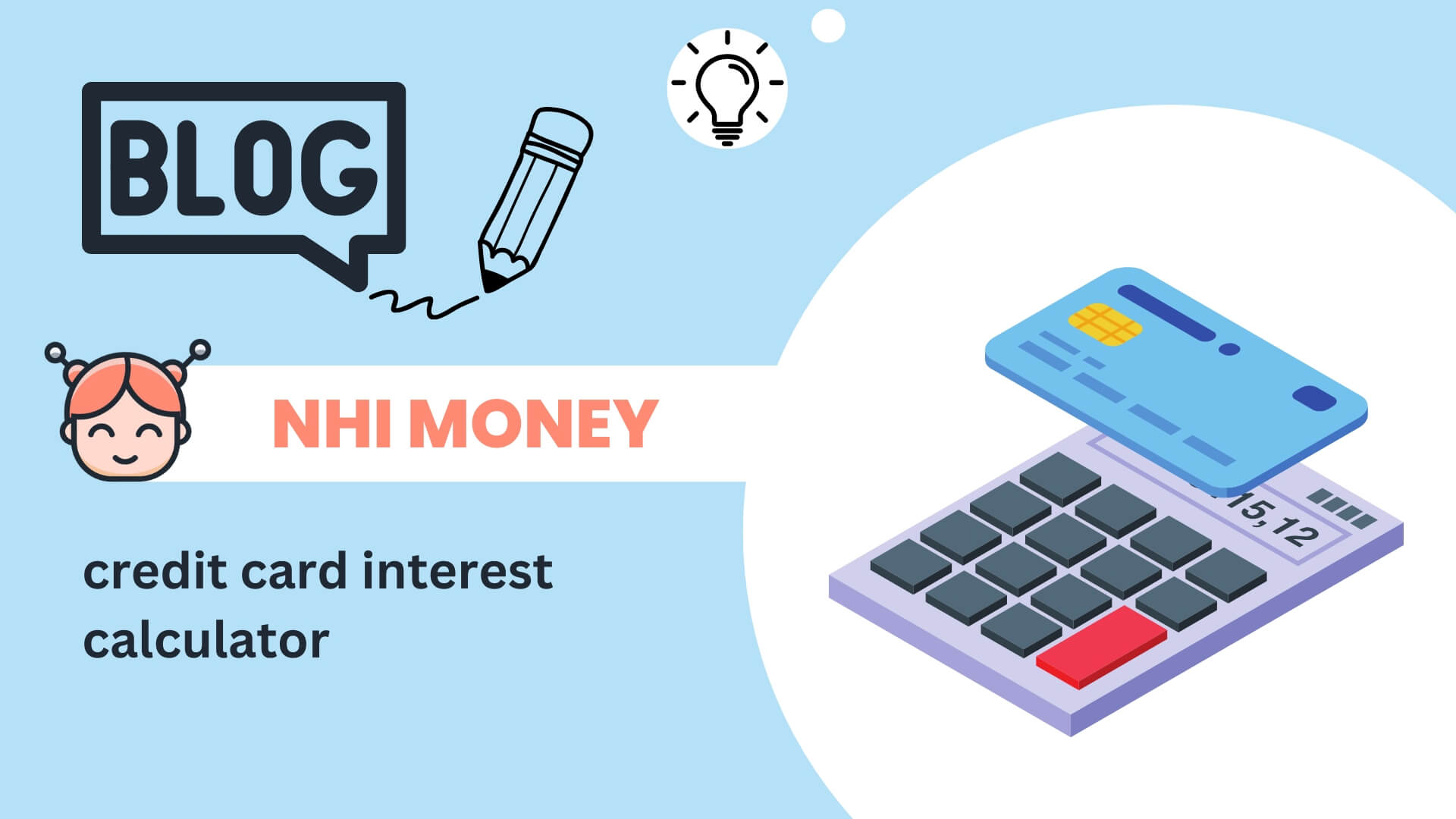Negative Balance on Credit Card? Meaning & How to Fix It
The use of credit cards has become widespread and essential for many customers in the current financial period. The negative balance on a credit card, however, is a concept that many people still do not fully get. Many people may become puzzled by this as well as uncertain about how to respond to such a circumstance. For that reason, this post will discuss negative balances, their causes, and strategies for managing them to prevent problems in the future.
Table of Contents
ToggleWhat is a negative credit card balance?
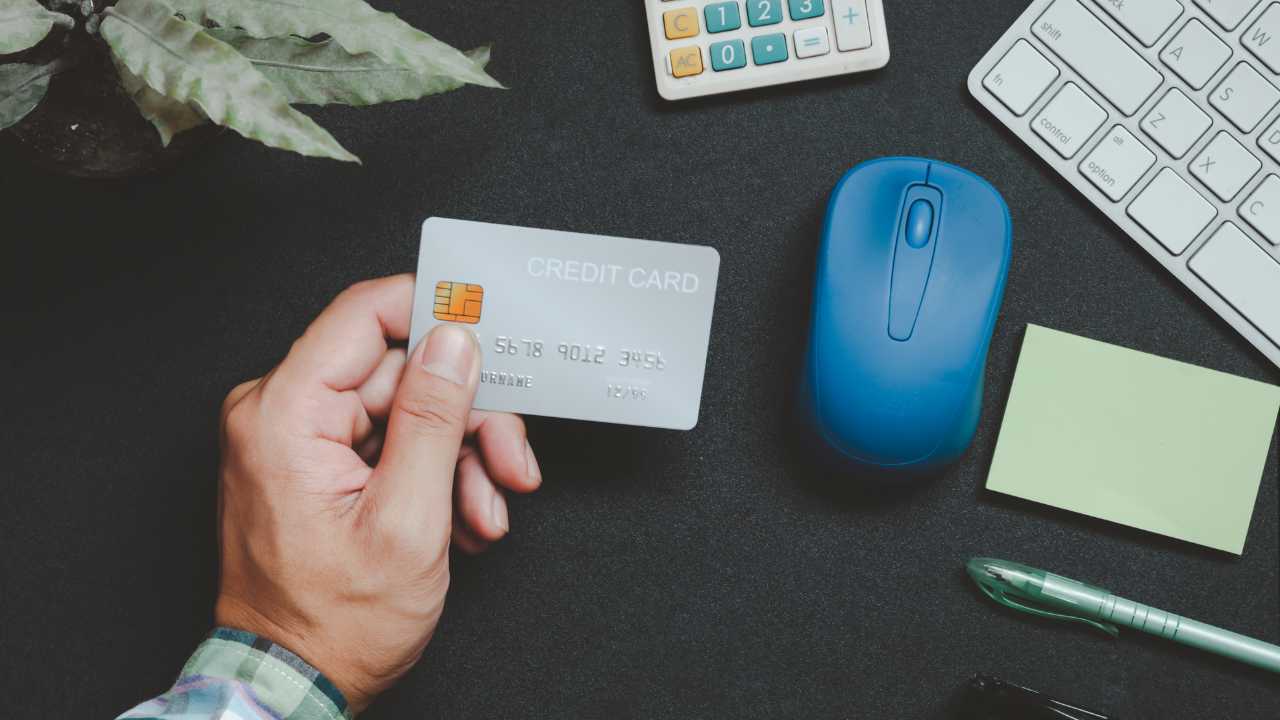
A negative credit card balance may not always signal something terrible. So, what exactly does a negative balance mean? Let’s follow us below:
To begin, let’s understand its definition. A negative balance on your credit card (also known as a credit balance) basically indicates that the credit card issuer owes you money. That usually happens when you pay more than you owe or get a return from a transaction or rewards program. For instance, if you owe $500 on your credit card but accidentally pay $600, your balance will be minus $100.
Similarly, if you return a $200 goods and receive a refund that exceeds your balance, you will have a negative balance. In these circumstances, your balance will become negative. When compared to a positive balance or no debt, a negative balance means that you no longer owe the bank; instead, the bank owes you. This shows how you have efficiently handled the assets at hand. Nevertheless, it is crucial that you understand your rights and how to proceed in this kind of situation.
Does a negative credit card balance affect your credit score? In actuality, a negative amount has no impact altogether on your credit score because it isn’t considered as a debt. Your payment history, credit utilization ratio, and the ratio of your debt to your credit limit are the primary determinants of your credit score. Furthermore, your credit score may benefit from a negative balance since it lowers your credit utilization ratio.
Reasons why you might have a negative credit card balance

Your credit card balance may be negative for a variety of reasons. Below, let’s examine some typical cases:
Overpayment
One of the most common causes of a negative balance is overpayment. It’s probable that throughout the statement period, you paid more than was owed. This usually happens when you pay using several methods or forget the amount.
When you discover that you have overpaid, the first thing you need to do is review all your transactions to confirm the situation. Then, you can request the bank to refund the excess amount.
Refund from returning the product
Think back, have you ever purchased a thing and then chosen to return it because you were displeased with it? If so, the bank will return the funds that were charged to your credit card account. When the refund exceeds your current balance, your account would have a negative balance.
For a number of reasons, including not meeting specifications or being damaged, items are often rejected. To guarantee that you receive your refund promptly, make sure you follow the correct return method when returning things.
Reward programs
Currently, many banks provide promotional programs or cash back incentives to draw in consumers. If you engage in such a program and receive more cashback than your existing balance, you will end up with a negative balance.
Reward programs not only provide financial benefits, but they also open up prospects for future savings. However, you must handle these refunds cautiously to avoid developing an undesirable negative balance.
Cancelled fees
Sometimes, late fees or interest charges may be waived or repaid by the bank. When the bank finds out that you paid the fees unnecessarily (for example, a late fee was waived because you paid on time), the refund will be announced to your credit card account. This can result in a negative balance if you have already paid off all of your previous debts.
What you can do about a negative credit card balance

When you realize that you have a negative balance on your credit card, it can be confusing even though it is not a bad thing. Here are a few options to consider:
Can you request a refund for a negative balance?
One typical common action that you can take in the case of a negative balance is to file a refund request to your credit card company. Your credit card company may also take requests over the phone. This is a simple process, but make sure you present the bank with the necessary information and documentation.
That said, it is not always needed to request a refund immediately. If you intend to use the card in the near future, keep the negative balance to reduce future charges. Considering a negative balance as an account credit. Just use your credit card as usual, and the credit card issuer will apply the account credit toward your purchases. Finally, you will no longer have a negative balance.
As for the refund methods, refunds can be received in the form of a bank transfer, a check or cash. This is up to the policies of the bank you are using. So, make sure you understand the bank’s return method in order that you may retrieve your money conveniently and swiftly.
Can I withdraw cash with a negative balance?
Normally, when you withdraw funds, you are typically charged interest straight away. However, when you have a negative balance, the withdrawn amount will be settled rapidly because it is effectively your credit on the card. This means you will not have to pay interest on the amount taken, which will save you a large amount of money.
In addition, you can withdraw money without the bank raising your credit limit because a negative balance increases your available credit. This lets you take out cash or make big purchases without worrying about going over your card limit.
Should you leave a negative balance or spend it?
Advantages and disadvantages
When determining whether to spend the negative balance or leave it, there are several things to take into consideration. Let’s follow the advantages and disadvantages of each choice so that you can make up your mind:
- Pros
- First of all, a negative balance helps your credit score because it decreases your credit utilization ratio. It also has some other benefits.
- Second of all, a negative balance helps you by raising your available credit without increasing your credit limit.
- Cons
- You may find that leaving a zero balance can lead the bank to closing your account due to inactivity.
- The automatic negative balance refund the bank does after a certain time can be troublesome.
These issues may result in a scenario where you are unable to use a credit card going forward. Therefore, it is crucial to understand negative balances and know how to handle them.
How to fix a negative balance on a credit card
For more specific, this step-by-step guide will show you how to fix a negative balance on a credit card:
- Step 1: Figure out the reasons why your credit card have a negative balance
Before taking any action, it is necessary to establish the underlying cause of the problem. Examine your account and transaction history attentively to see if the negative amount is due to rewards programs, overpayments, or refunds from transactions. First, attempt to figure it out.
- Step 2: Decide whether to spend the negative balance or request a refund
Under what situations would you decide to spend the negative amount? In essence, it helps lower the amount you have to pay in the future without requiring you to make additional payments, so if you intend to use the credit card soon, you may leave that negative balance and use it for future transactions.
In contrast, you can ask the bank to return the negative balance if you don’t intend to use the card anytime soon. The procedure for requesting a refund is simple; you can do so online or by calling your card issuer.
- Step 3: Monitor your account and check your statement frequently
You have to keep an eye on your account after seeking a refund to make sure the negative balance is handled appropriately and without incurring any further costs. Furthermore, make sure the bank applies the negative balance to any further transactions as you would like if you choose to use it.
Keep in mind to frequently review the credit card statements in order to identify any problems or confusing transactions. Then, inform the bank right once if the negative balance results from fraud or transactions you are not familiar with. This is crucial for assisting you in identifying and resolving problems before they become complex.
How do negative balances affect your credit score?
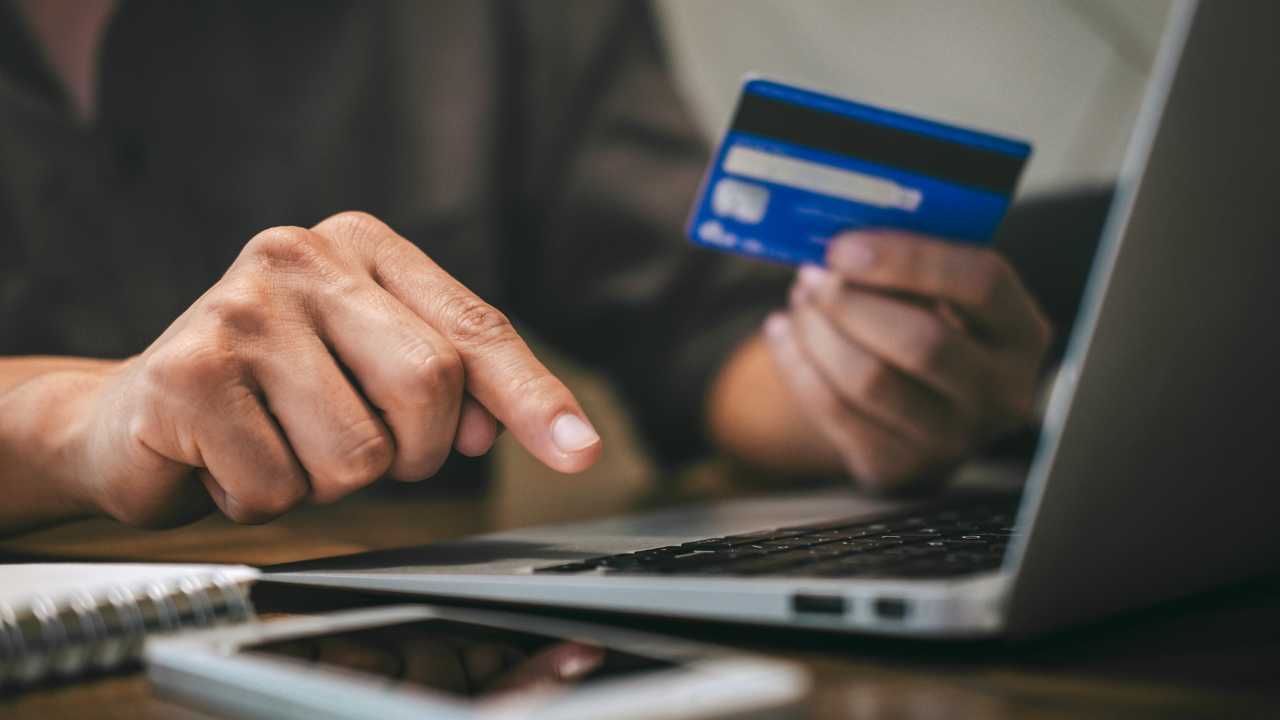
A lot of people are concerned that their credit score would suffer if they have a negative balance. In fact, a negative balance does not directly affect your credit score, but it can have an indirect impact.
- Impact on credit score
Like we’ve just mentioned, a negative balance is not considered a debt, hence it cannot incur interest. A negative ghost of positive debt does not impact your credit score. Proper money management and intelligent utilization of negative balances can improve your credit score.
- Credit utilization rate
The credit utilization rate is an important aspect in determining your credit score. A negative balance can help improve this ratio by lowering the total debt burden you are bearing. When your credit utilization rate is low, the bank will see you as a responsible and trustworthy customer.
But remember that this effect is quite short-lived and will not persist forever. To preserve and raise your credit score, you must thus keep up your diligent financial management.
What happens if your bank account remains negative?

When your bank account continues in the negative for an extended period of time, you should be aware of the following possible consequences:
Overdraft fee
An overdraft occurs when your bank pays for a transaction even if you lack enough money in your account to cover it. Usually, repayment is made with your next deposit. The bank may impose more overdraft charges, commonly $35, if you keep making purchases, withdrawals, or transactions while your account balance is negative. If you don’t deposit enough money to replenish your account balance, these fees may add up quickly. The bank may impose a fresh overdraft fee each time a transaction surpasses the negative balance, increasing your negative balance and requiring you to pay more fees for subsequent transactions.
For example, you have a negative balance of $100 USD and proceed to withdraw an extra $50. The bank may levy a $30 overdraft fee, and your negative balance may rise to $180. This can result in an infinite cycle.
Account closure
If your negative balance in credit card is not addressed within a reasonable timeframe, the bank may close your account. This usually occurs when your account is in the negative for an extended length of time without showing signs of improvement. The bank may demand you to pay off the debt, and if you are unable to pay, your account may be closed and you will be unable to open a new account with that bank.
Credit impact
The bank may notify credit institutions about the state of your account if the negative balance persists and you do not correct it. Your credit score can suffer if you don’t make the payment. Your future borrowing options, including mortgages, auto loans, and consumer loans, may be restricted if your credit score is poor.
Debt collection
If the negative amount remains and you do not settle it, the bank may transfer your debt account to debt collection agencies. This can cause your account to become “stuck” on the bad debt list, requiring you to pay further debt recovery fees, aggravating your financial condition. Debt collectors may strive to reclaim this sum by legal means, and if you are unable to pay, they may use more aggressive collection methods.
How to avoid negative balances in the future?
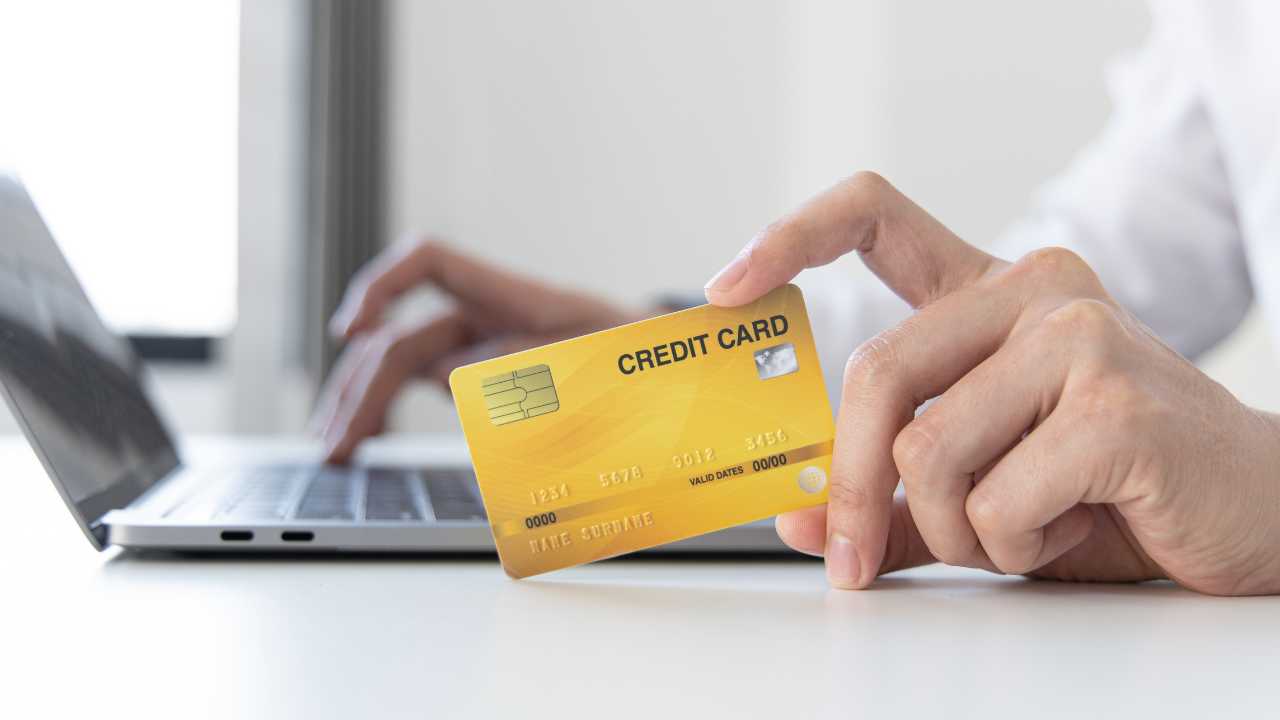
Although a negative balance is not a debt and won’t end in any interest charges on your account, it can result in some lasting effects. Therefore, proactively avoiding a negative balance on your credit card is vitally necessary.
Here are some key takeaways for you:
Overdraft protection
Essentially, the denial of permission to make withdrawals from an account when there are insufficient funds in the account is referred to as overdraft protection. This improves overdraft management as whenever there is an attempt to draw in excess of the account limit, the draw-able limit gets lost and transactions are blocked. As a result, there is no need for heightened overdraft charges.
Low balance alert
These notifications are forwarded to you when the amount left within your account drops lower than the level that you specified. With the overdraft fee alert, you are automatically notified immediately when an extra deposit to the account is required, or if on the other hand, spending needs to be restrained. Having this alert feature turned off may lead to an account that is way past the allowed limit and charging excessive fees.
Budget planning and expense tracking
Creating a monthly spending budget assists you to control your expenses and guarantee that you do not spend more than you earn. This lets you keep a positive account balance and avoid overdraft costs.
You can also use a notepad or a banking app to keep track of all your transactions, including income and expenses. This helps you keep track of your finances and avoid overspending.
Link to credit card or saving account
You can now connect your payment account to a credit card or savings account at a number of banks and financial organizations. Emergency cash can be taken out of savings accounts. This implies that the bank will automatically transfer money from the associated account (credit card or savings account) to cover the difference and complete the transaction if your account balance is negative, which occurs when you withdraw more money than you have in it.
You may also read:
FAQ
What happens if a credit card balance is negative?
When your credit card balance is negative, it indicates that you have paid more than you owe the bank. This can happen if you pay more than the total balance, get a refund for returning a purchase, or have credits (such cashback or reward points) applied to your account.
What happens if I overpay a credit card?
When you overpay, your credit card balance also turns negative, meaning the bank owes you money. If you owe $1000 and pay $1500, your card will have a balance of -$500.
If you have no debt so this money can be spent completely for future transactions without adding more money on the card therefore it is not everything alarmist.
How long can your credit card be in the negative?
In actuality, there is no fixed limit to how long a negative balance can last. In many cases, you can keep a negative balance on your credit card for an extended period without issues. This is true as long as you don’t go too long without making transactions or requesting a balance refund. However, holding a negative balance for too long can cause problems. The bank may close your credit card or your credit score could be affected.
How to handle a long-term negative balance on a credit card?
You can typically maintain a negative balance if you do plan to use the card again in the future. This will help you avoid the need to get your card topped up, allowing you to settle lower future transactions more easily.
Also, if you don’t plan to use the credit card anytime soon or don’t want to end with a negative balance, you can ask the bank to cover the negative balance. You can seek a refund via bank transfer, check, or cash, depending on your bank’s policy.
Does a minus mean I owe money?
A minus on a credit card is not money owed. In fact the minus sign means that you’ve paid you have paid what you owe the bank and more, and have a negative balance. In other words, the bank owes you money as opposed to you owing them.
How do overdraft fees differ from Non-sufficient Fund (NSF) fees?
Overdraft fees and Non-Sufficient Funds (NSF) fees are both related to your account not having enough money for a transaction. These are two different types of charges.
Overdraft fees occur when the bank allows a transaction to go through despite insufficient funds. The bank lets you spend more than your balance and ensures important payments are not disrupted. However, you will be charged an overdraft fee, which is typically higher than a standard transaction fee.
If the bank suspends a payment due to a lack of funds, you will be charged a Non-Sufficient Funds (NSF) fee. Your bank will immediately decline transactions that exceed your balance. This prevents you from overspending and accumulating costly short-term debt.


